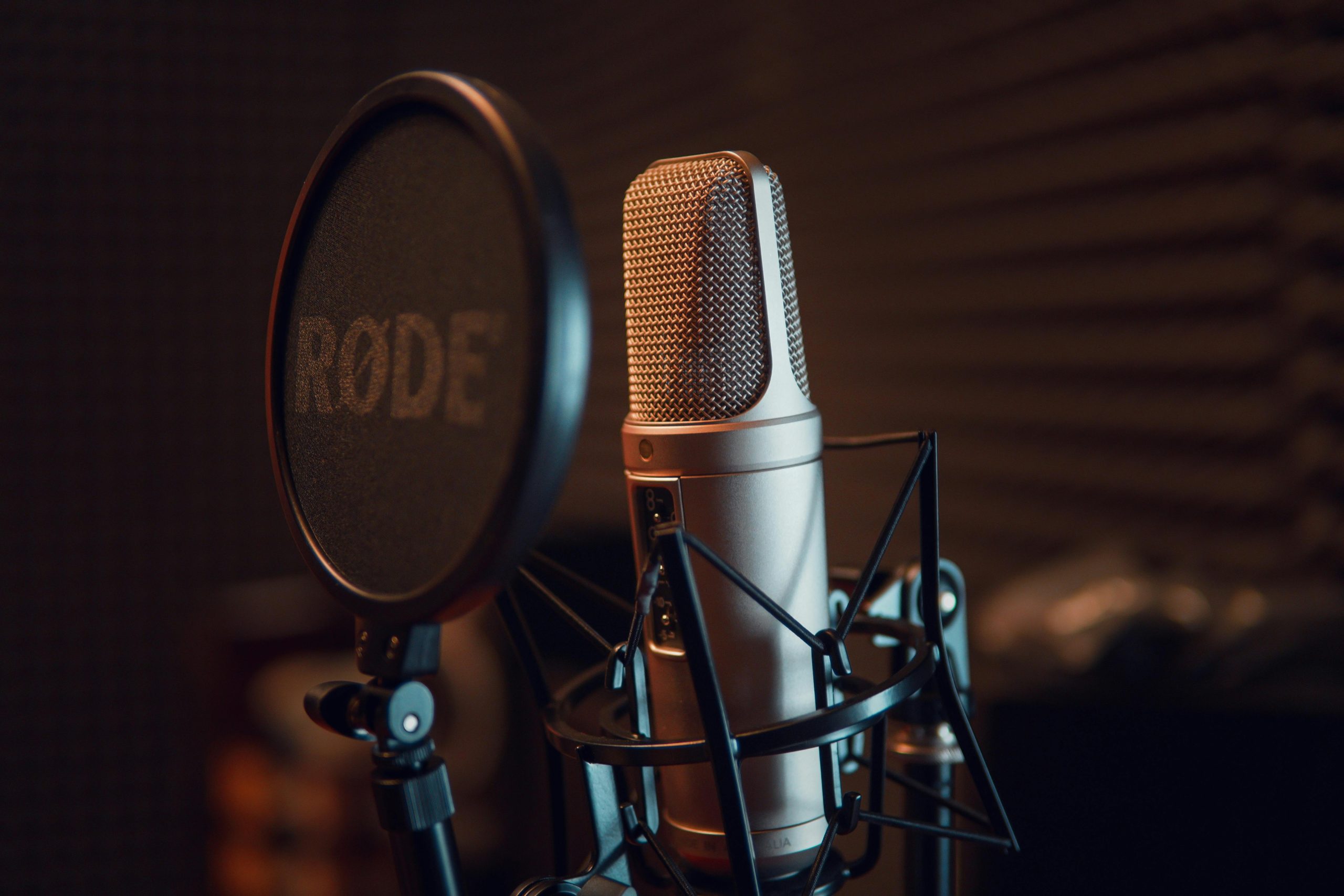In today’s fast-moving digital landscape, music pitching isn’t just about submitting your track and hoping for the best. With countless artists uploading music daily, simply relying on talent is not enough. The algorithms that power streaming platforms and social media can either bury your track or help it go viral. To stand out, artists must understand how to pitch smartly—not just widely. In this article, we’ll unpack nine powerful music pitching moves that will help you beat the algorithm and maximize your exposure.
Welcome to NotNoise, your trusted source for industry insights and breakthrough strategies. Let’s dive in.
1. Start with Data-Driven Targeting
The first rule of smart music pitching is knowing your audience—and not just in theory. Use analytics from platforms like Spotify for Artists, YouTube Studio, or Instagram Insights to understand who’s engaging with your content. Are your listeners mostly based in Europe? Are they tuning in during specific times of day? What genres do they favor alongside yours?
Targeting your pitch with data ensures that the curators, playlist editors, or influencers you approach are more likely to respond positively. It also increases your chances of being picked up by algorithms that match tracks to user preferences.
2. Customize Every Pitch
Forget the mass emails. One-size-fits-all pitches are ineffective and often get ignored. Instead, create personalized messages for each curator, playlist owner, blog, or music supervisor you reach out to. Mention a recent track they featured or explain why your music fits their playlist.
Custom pitches show that you’ve done your homework and genuinely believe your song belongs in their ecosystem. This extra step not only builds trust but significantly increases your success rate.
3. Build Momentum Before Release
Music pitching doesn’t start on release day—it begins weeks in advance. Use pre-save campaigns, teasers, behind-the-scenes content, and even fan polls to create anticipation. When the track drops, the initial engagement signals (plays, shares, saves) matter tremendously to algorithms.
A strong early reaction can trigger additional exposure through editorial playlists and auto-generated playlists like Discover Weekly or Release Radar.
4. Optimize Your Metadata
Correctly labeling your track’s metadata is essential for successful music pitching. This includes accurate artist name, genre, mood, instrumentation, and similar artists. Misleading or missing metadata can result in your music being miscategorized, which confuses both human curators and algorithmic systems.
Platforms like Spotify, Apple Music, and YouTube Music use metadata to recommend your track to the right listeners. Proper optimization is a silent but potent tool in your pitching arsenal.
5. Pitch to Algorithmic Playlists Strategically
Editorial playlists are great, but algorithmic playlists like Spotify’s Radio, Release Radar, and Discover Weekly are where the real magic happens. To get featured, focus on increasing track saves, shares, repeat listens, and playlist adds during the first 48 hours of release.
Encourage your fans to save the track, share it in Stories, and engage with it across platforms. The more data you generate, the more favorably the algorithm will rank your song.
6. Leverage Niche and Independent Playlists
Don’t overlook small or niche playlists—they’re often more accessible and highly engaged. Whether it’s lo-fi chillhop, underground techno, or acoustic indie, targeting playlists within your subgenre increases your chances of being noticed.
These smaller placements create a ripple effect: as your track gains streams and followers in one niche, algorithms start recommending it to similar audiences, gradually expanding your reach.
7. Collaborate for Cross-Promotion
Featuring or collaborating with other artists is a clever music pitching strategy that extends your track’s visibility. You’ll benefit from each other’s audiences, playlists, and social platforms.
More importantly, collaborative tracks often trigger multi-artist algorithmic benefits. Streaming platforms may show your track to followers of your collaborator, effectively doubling or even tripling your exposure.
8. Submit Through Official Channels Early
Platforms like Spotify for Artists and SubmitHub allow you to pitch your track directly to curators and editors. The key is timing. Submit your song at least two to four weeks before the release date.
Early submission increases your chances of editorial review and ensures that your track is eligible for Release Radar. Don’t wait until the last minute; algorithms reward those who prepare.
9. Promote Beyond Streaming Platforms
Relying solely on streaming services for music pitching is a mistake. Algorithms also factor in external activity. If your track is gaining traction on TikTok, getting blog coverage, or being shared across Reddit and music forums, it sends strong engagement signals.
Run targeted social media ads, share performance clips, or start a viral challenge. The more attention your track receives off-platform, the more favorably algorithms will treat it on-platform.
Conclusion: Pitch Smart, Not Loud
Smart music pitching is a strategic game. It requires planning, personalization, and a deep understanding of how algorithms respond to engagement. By using these nine music pitching moves, you’re not just hoping to get heard—you’re creating the conditions to be heard over and over again.
Remember, beating the algorithm isn’t about tricking it. It’s about aligning with it. When you understand what platforms are looking for, you can tailor your strategy to meet their expectations while staying authentic to your sound.
At NotNoise, we believe great music deserves to be heard. And with the right music pitching tactics, yours can be. Your journey starts at our homepage—check it out today.
Frequently Asked Questions
1. What is music pitching?
Music pitching is the process of submitting your music to playlist curators, radio stations, music blogs, influencers, or streaming platforms with the goal of gaining exposure and increasing streams.
2. How do I get on Spotify editorial playlists?
To increase your chances, submit your track through Spotify for Artists at least two weeks before release. Make sure your metadata is complete and accurate, and build pre-release buzz to drive engagement in the first 48 hours.
3. Do small playlists really help with music pitching?
Yes, smaller niche playlists often have highly engaged audiences. They also contribute to stream counts and algorithmic signals that can eventually land you on larger playlists.











Leave a Reply